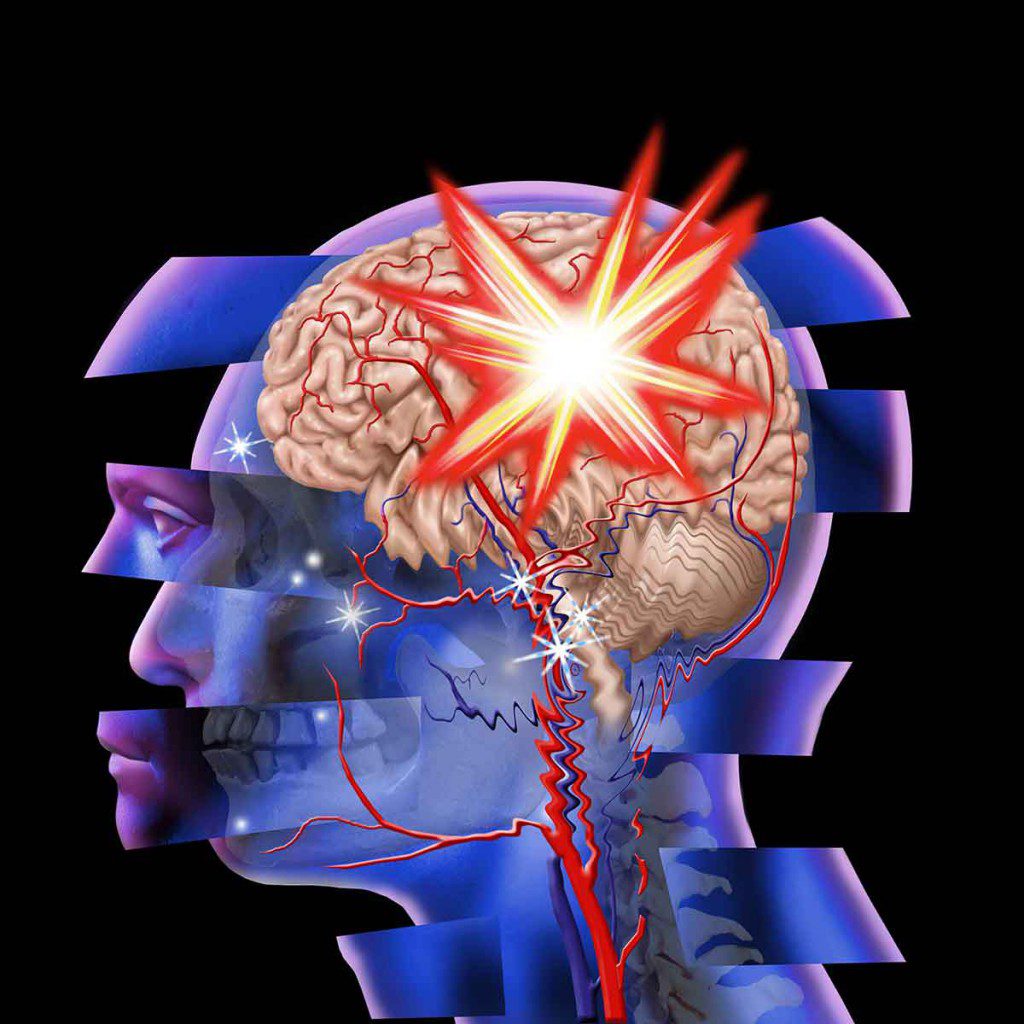

- Head trauma skin#
- Head trauma full#
Here is some care advice that should help.The mildest brain injury is a concussion.Reason: the scalp has a large blood supply. Big lumps or bruising can occur with minor injuries to the scalp.The skull bone protects the brain from getting injured.Swelling of the scalp does not mean there is any swelling of the brain.Most head injuries only cause a swelling or bruise to the scalp.What You Should Know About Mild Head Injuries:.You think your child needs to be seen, but the problem is not urgent.
 Clean cut and no tetanus shot in more than 10 years. Dirty cut or hard to clean and no tetanus shot in more than 5 years. You think your child needs to be seen, and the problem is urgent. You think your child has a serious injury. Blow from hard object (such as a golf club). Large swelling (larger than 1 inch or 2.5 cm). Bleeding that won't stop after 10 minutes of direct pressure.
Clean cut and no tetanus shot in more than 10 years. Dirty cut or hard to clean and no tetanus shot in more than 5 years. You think your child needs to be seen, and the problem is urgent. You think your child has a serious injury. Blow from hard object (such as a golf club). Large swelling (larger than 1 inch or 2.5 cm). Bleeding that won't stop after 10 minutes of direct pressure. Head trauma skin#
Skin is split open or gaping and may need stitches. Note: tetanus is the "T" in DTaP, TdaP, or Td vaccines. Skin is cut and No past tetanus shots. Knocked out (unconscious) for less than 1 minute. You think your child has a life-threatening emergency. Walking not steady or weakness of arms/legs present now. Acts or talks confused or slurred speech present now. Caution: protect the neck from any movement. Knocked out (unconscious) for more than 1 minute. When to Call for Head Injury Call 911 Now It keeps your child from doing all normal activities. Moderate: the pain keeps your child from doing some normal activities. But, the pain does not keep your child from any normal activities. Mild: your child feels pain and tells you about it. Athletes involved in sports need to have a stepwise plan for "return to play." Progressing through stages should be supervised by a doctor or athletic trainer. In 24 hours, they can try again to take it to the next level. If symptoms occur (like a headache), the child needs to return to the previous level of physical and mental activity. Physical rest means a gradual return to normal activity, work and gym class. Head trauma full#
Brain rest means a gradual return to full studying and school attendance. Treating a concussion requires both Physical Rest and Brain Rest. They are suspected by the symptoms listed below: This includes bleeding, bruises or swelling within the brain. Brain Injuries (Serious) are uncommon. These symptoms can last for several weeks. School problems or emotional changes can occur. These can include headaches, dizziness or thinking difficulties. Following a concussion, some children have ongoing symptoms. A person does not need to be knocked out to have had a concussion. Dizziness or acting dazed can also be signs. Other signs of a concussion can include a headache or vomiting. The most common signs are a brief period of confusion or memory loss. Most children bump or hit their heads without causing a concussion. It is usually caused by a sudden blow or jolt to the head. It causes a change in how the brain works for a short time. Most skull fractures occur without any injury to the brain. The headache occurs at the site where the head was hit. Most often, there are no other symptoms except for a headache. Only 1% to 2% of children with head injuries will get a skull fracture. This is caused by blood spreading downward by gravity. Bruises on the forehead sometimes cause black eyes 1 to 3 days later. For the same reason, small cuts on the head may bleed a lot. This is because there is a large blood supply to the scalp. Big lumps (bruises) can occur with minor injuries. This is especially common when a child is learning to walk. It is common for children to fall and hit their head while growing up. Examples are a cut, scrape, bruise or swelling. Most head injuries only damage the scalp.






 0 kommentar(er)
0 kommentar(er)
